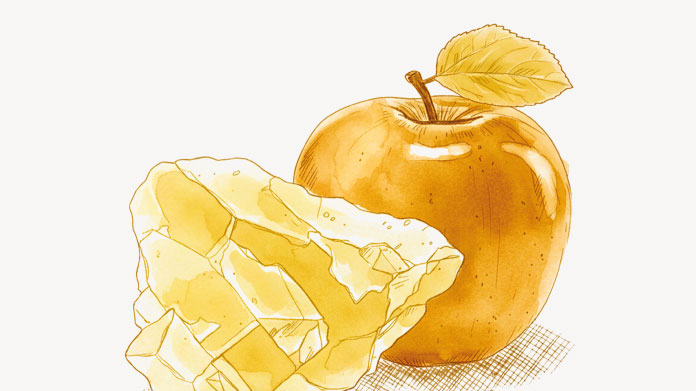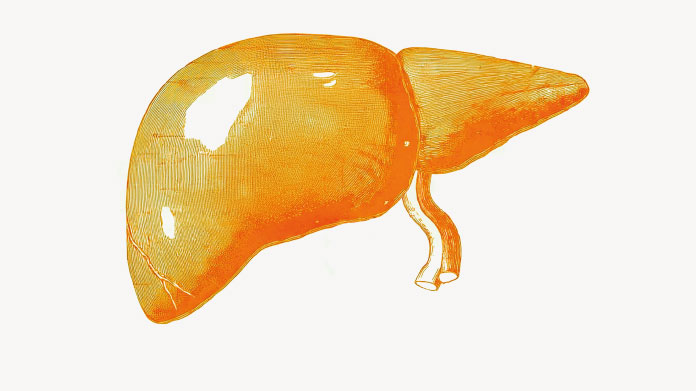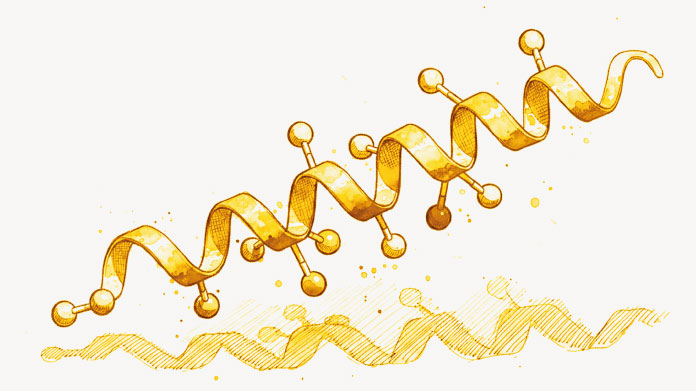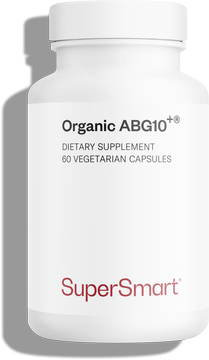5 plants that are good for lung health
Among the plants traditionally used to help cleanse and protect the lungs, the five described below offer particular efficacy.
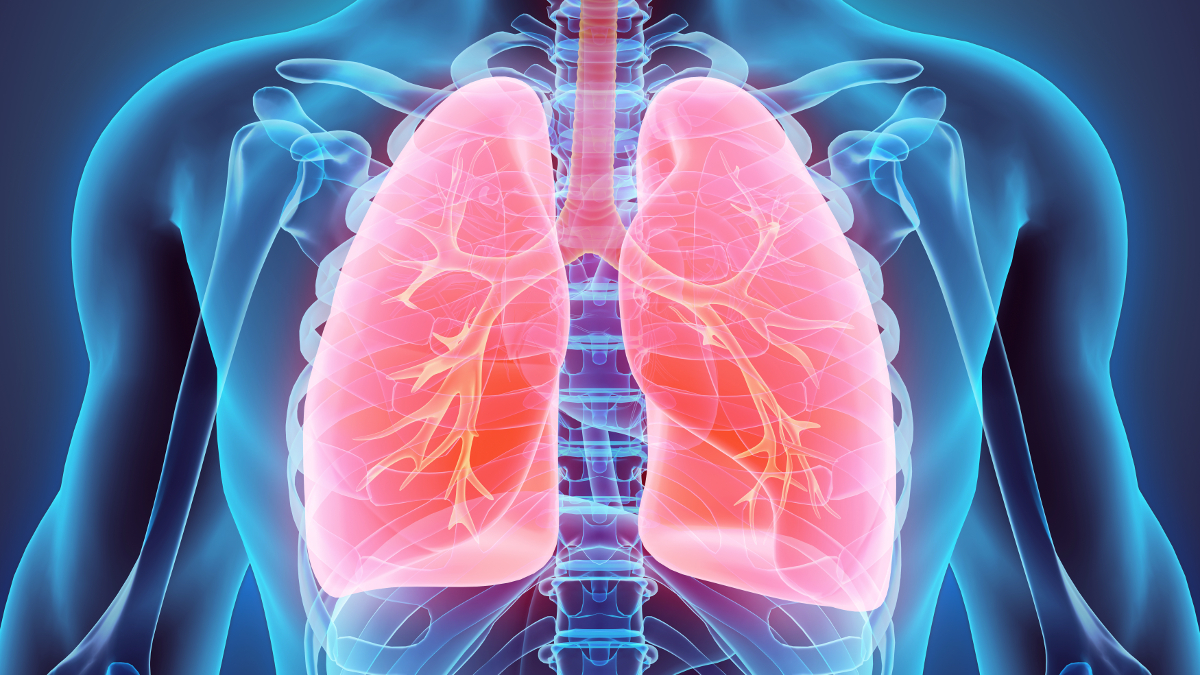
Thyme
Thyme, whether of the garden or wild variety, has been one of the cornerstones of the traditional European pharmacopoeia since ancient times - it was valued by the Romans for its numerous benefits, as were most other herbs.
With a high content of thymol and flavonoids, thyme is reputed to have antiseptic and antifungal properties (1).
It was traditionally attributed with numerous benefits for respiratory health, including in particular, easing coughing fits, treating sore throats, and acting as an expectorant, thus detoxifying the lungs and helping those with asthma and allergies to breathe more easily. It can be consumed in the form of a herbal tea.
Spruce
A relative of the pine tree, with which it is often confused, the spruce is a popular choice of Christmas tree.
terpenes in spruce that are of particular interest to naturopaths and phytotherapists. These metabolites are thought to have antiseptic and expectorant properties, and to help thin mucus in the lungs (2).
Indeed, any plant related to the spruce can equally be used phytotherapeutically for the same purpose: Scots pine, fir, Aleppo pine and especially the excellent maritime pine.
Green tea
Green tea also has an excellent reputation. It is high in antioxidant flavonoids called catechins, one of which, epigallocatechin gallate (EGCG), may specifically help to reduce lung damage (3).
The nutritional supplement Lung Detox contains extracts of both green tea and maritime pine bark, along with several other beneficial compounds such as the super-antioxidant quercetin and N-acetylcysteine (NAC), recognised for helping to protect and clear the respiratory organs. This supplement has been specifically formulated to facilitate breathing and detoxify the lungs.
Eucalyptus
A large tree native to Australia, eucalyptus contains an active ingredient called eucalyptol, which is used in traditional pharmacopoeia to treat respiratory problems.
Containing volatile essential oils, eucalyptol (4) may have a beneficial effect on the fluidity of mucus in the lungs, improving the function of bronchial tubes. Traditionally, it is used either as an infusion or an inhalation.
Ginger
Last but not least in this list of lung-supportive plants is ginger. As a result of one of its most potent active ingredients, gingerol, this amazing root is used phytotherapeutically in many ways (5).
A powerful antioxidant, ginger is believed to have a significant effect in helping to cleanse and strengthen the lungs (try, for example, the supplement Super Gingerols) (6).
References
- Antimicrobial activity and chemical composition of Thymus vulgaris, Thymus zygis and Thymus hyemalis essential oils, María C.Rotaa, Antonio Herreraa, Rosa M.Martínez, Jose A.Sotomayor, María J.Jordán, Food Control, Volume 19, Issue 7, July 2008, Pages 681-687
- Secrets d’une herboriste. Marie-Antoinette Mulot, éditions du Dauphin, 2015
- Furushima D, Ide K, Yamada H. Effect of Tea Catechins on Influenza Infection and the Common Cold with a Focus on Epidemiological/Clinical Studies. Molecules. 2018;23(7):1795. Published 2018 Jul 20. doi:10.3390/molecules23071795
- Anti-inflammatory activity of 1.8-cineol (eucalyptol) in bronchial asthma : a double-blind placebo-controlled trial. R. JUERGENS, U.DETHLEFSEN, G.STEINKAMP, A.GILLISSEN, R.REPGES AND H.VETTER, Respiratory Medicine, Volume 97, Issue 3, March 2003, Pages 250-256
- Comparative antioxidant and anti-inflammatory effects of [6]-gingerol, [8]-gingerol, [10]-gingerol and [6]-shogaol, Swarnalatha Dugasani, Mallikarjuna Rao Pichika, Vishna Devi Nadarajah, Madhu Katyayani Balijepalli, Satyanarayana Tandra, Jayaveera Narsimha Korlakunta, Journal of Ethnopharmacology, Elsevier, 3 February 2010
- Shirpoor A, Gharalari FH, Rasmi Y, Heshmati E. Ginger extract attenuates ethanol-induced pulmonary histological changes and oxidative stress in rats [published online ahead of print, 2017 Nov 1]. J Biomed Res. 2017;31(6):521-527. doi:10.7555/JBR.31.20160151
Keywords
3 Days
The products I use are excel·lent
The products I use are excel·lent
ROSAS Josep Maria
11 Days
Delivery is prompt and I never saw a…
Delivery is prompt and I never saw a quality problem with the manufacturing. It is not possible to assess efficacy on a personal basis, since too many factors come into play. Efficacy can only be assessed statistically with a sufficient number of cases.
Roger De Backer
12 Days
I collaborates with the Supersmart…
I collaborates with the Supersmart more than 10 years. Every thing is going good. Quality of the things is good. Delivery comes in time. Five stars definitely !!!
Oleksiy
12 Days
All good
Simple, frictionless site, easy ordering, good delivery updates and execution.
Chris Robbins
14 Days
I feel better
I feel better
Peter Ammann
14 Days
Prompt delivery
Prompt delivery
JAKUB Radisch
15 Days
My new go-to for top quality supplements!
I am buying more and more of my supplements from this superb, high quality company. Cannot recommend it enough. Plus, excellent customer service with a quick, helpful team and speedy deliveries. Highly recommend Supersmart!
Cecilie H.
19 Days
SUPERSMART WHAT ELSE👍
SUPERSMART WHAT ELSE👍
DIEDERLE Christophe
22 Days
Excellent quality products with…
Excellent quality products with innovative formulas, as someone who has been suffering with acid reflux, these supplements have been lifesavers.
Oriana Moniz
22 Days
high quality supplement!
high quality supplement!
GALANT
23 Days
Good service prompt delivery
Good service prompt delivery
Mrs Marcella Reeves
28 Days
I like your clear explanation
I like your clear explanation. And how to make a choice of products for a specific health problem
Ingrid
34 Days
Great product and it arrives quickly.
Great product and it arrives quickly.
SOMMARIVA Gianni
35 Days
Excellent products and fast service.
Excellent products and fast service. What do we need more?
Margarida
39 Days
The variety of products is amazing
The variety of products is amazing, the offers are good and the sending is very fast. I just miss having a bit more of guidance about combinations, possible interactions, etc.
Maria Angeles Verdu

